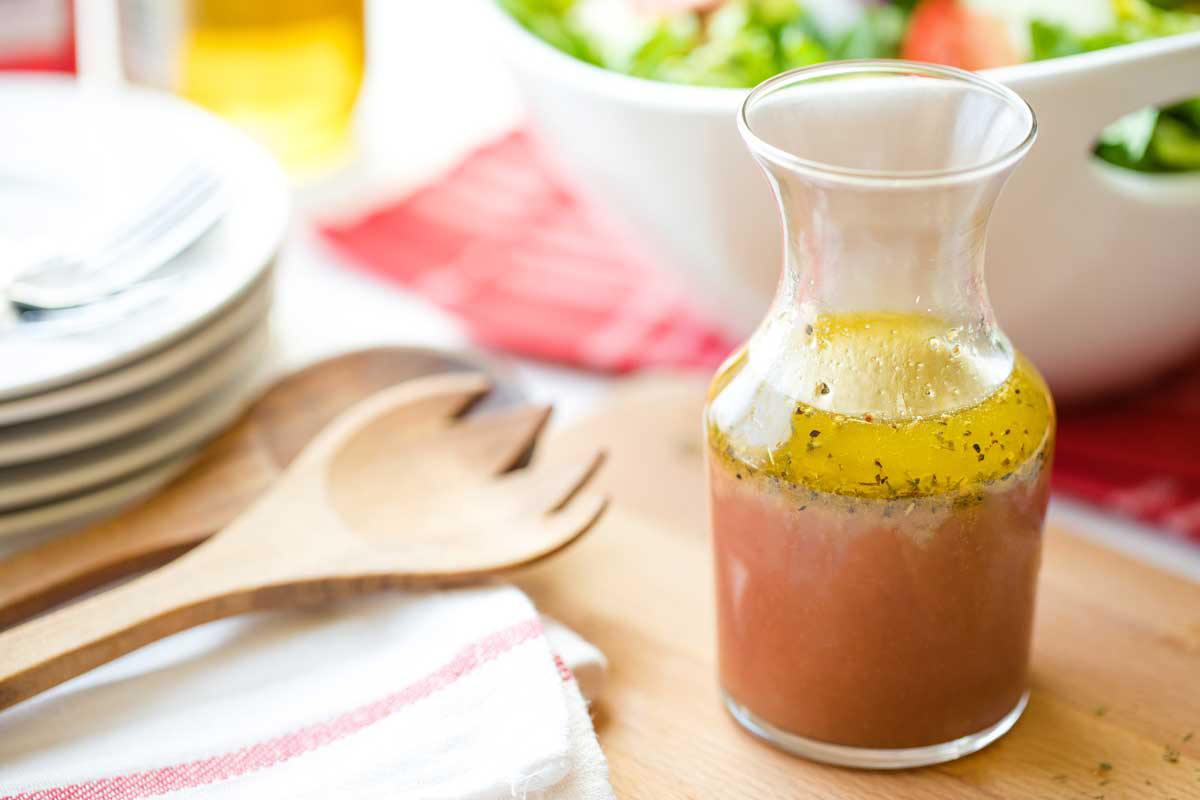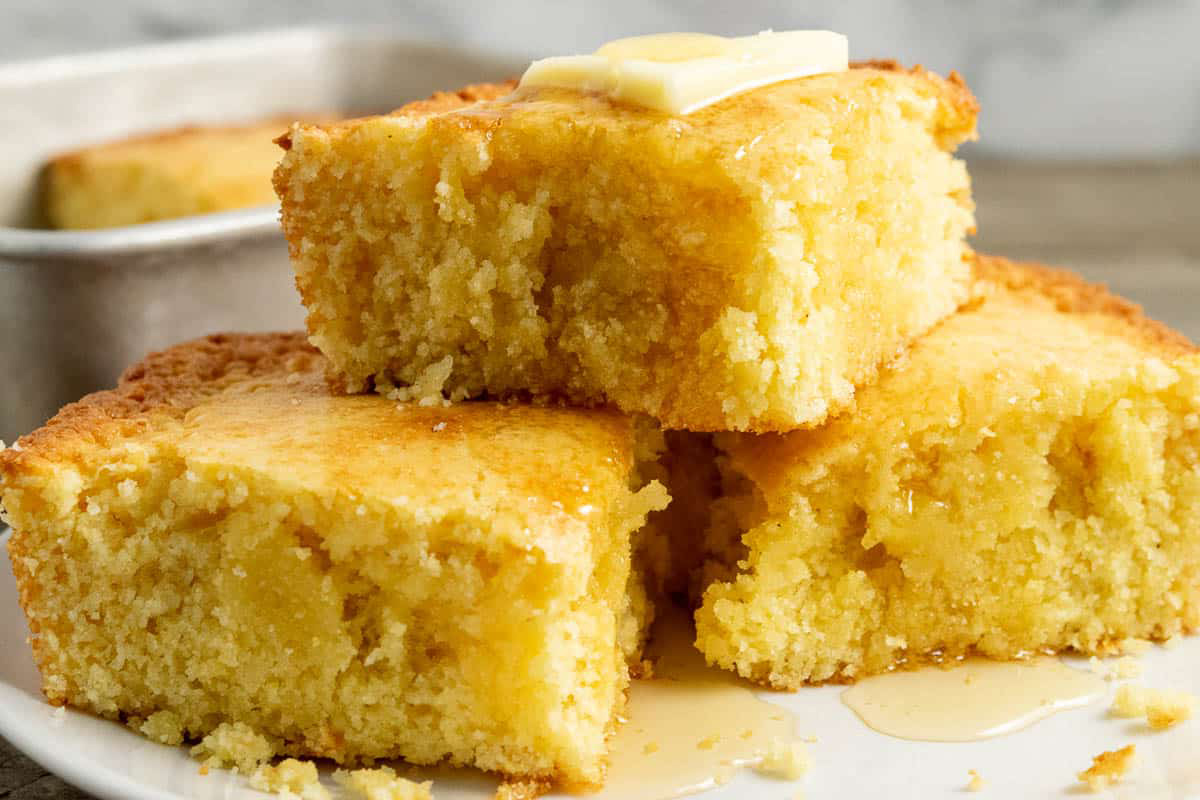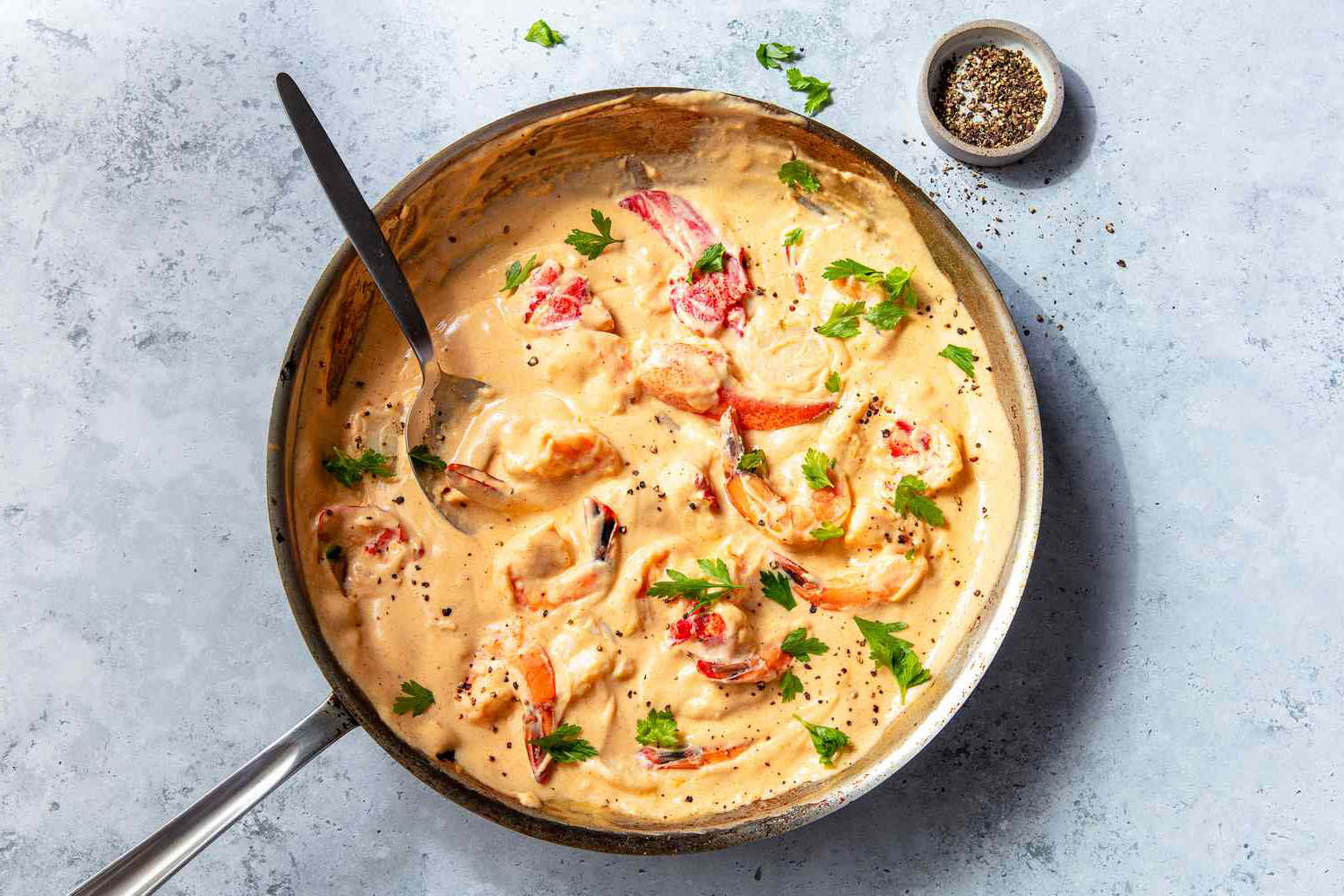Understanding Fresh Yeast: A Guide for Home Bakers
When it comes to baking, one of the key ingredients that often comes up in recipes is fresh yeast. But what exactly is fresh yeast, and how does it differ from other types of yeast? In this guide, we’ll take a closer look at fresh yeast, its characteristics, and how it’s used in baking.
What Is Fresh Yeast?
Fresh yeast, also known as cake yeast or compressed yeast, is a type of yeast that is used as a leavening agent in baking. It is made from a mixture of yeast and a small amount of moisture, which is then compressed into small cakes or blocks. This type of yeast is perishable and needs to be refrigerated to maintain its freshness.
Characteristics of Fresh Yeast
Fresh yeast has a high moisture content, which gives it a soft and crumbly texture. It is typically light beige or tan in color and has a slightly sweet aroma. When fresh yeast is added to dough, it produces carbon dioxide gas through fermentation, causing the dough to rise.
How Is Fresh Yeast Used in Baking?
Fresh yeast is commonly used in bread and other yeast-based baked goods. It is typically dissolved in warm water or milk before being added to the dough. The warmth helps activate the yeast, allowing it to start fermenting and leavening the dough. Fresh yeast is known for providing a strong, reliable rise and a distinct flavor to baked goods.
Advantages of Using Fresh Yeast
There are several advantages to using fresh yeast in baking:
- Provides a strong rise, resulting in light and airy baked goods
- Imparts a distinct flavor to the finished product
- Activates quickly, allowing for shorter rise times
Storing Fresh Yeast
Due to its high moisture content, fresh yeast has a short shelf life and should be used within a week of purchase. It should be stored in the refrigerator to maintain its freshness. If you have leftover fresh yeast, you can freeze it for longer storage, but keep in mind that freezing may affect its performance.
Substituting Fresh Yeast
If a recipe calls for fresh yeast and you don’t have any on hand, you can use active dry yeast or instant yeast as a substitute. Keep in mind that the substitution ratios may vary, so it’s important to refer to a reliable source for guidance.
Conclusion
Fresh yeast is a traditional leavening agent that has been used in baking for centuries. Its unique characteristics and ability to provide a strong rise and distinct flavor make it a popular choice for many bakers. Whether you’re making bread, rolls, or other yeast-based treats, fresh yeast can help you achieve delicious results.
Next time you come across a recipe that calls for fresh yeast, don’t be intimidated. Embrace the opportunity to work with this classic ingredient and enjoy the wonderful aroma and flavor it brings to your baked creations.
Was this page helpful?
Read Next: What Is Elgin-Style Butter











